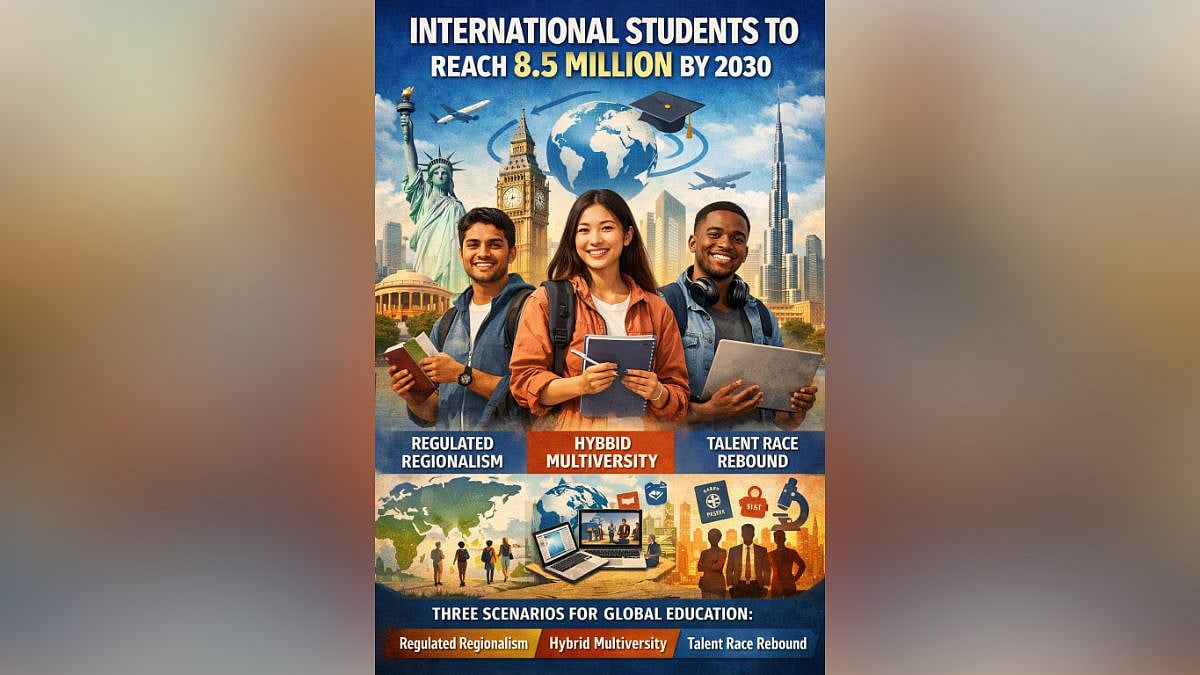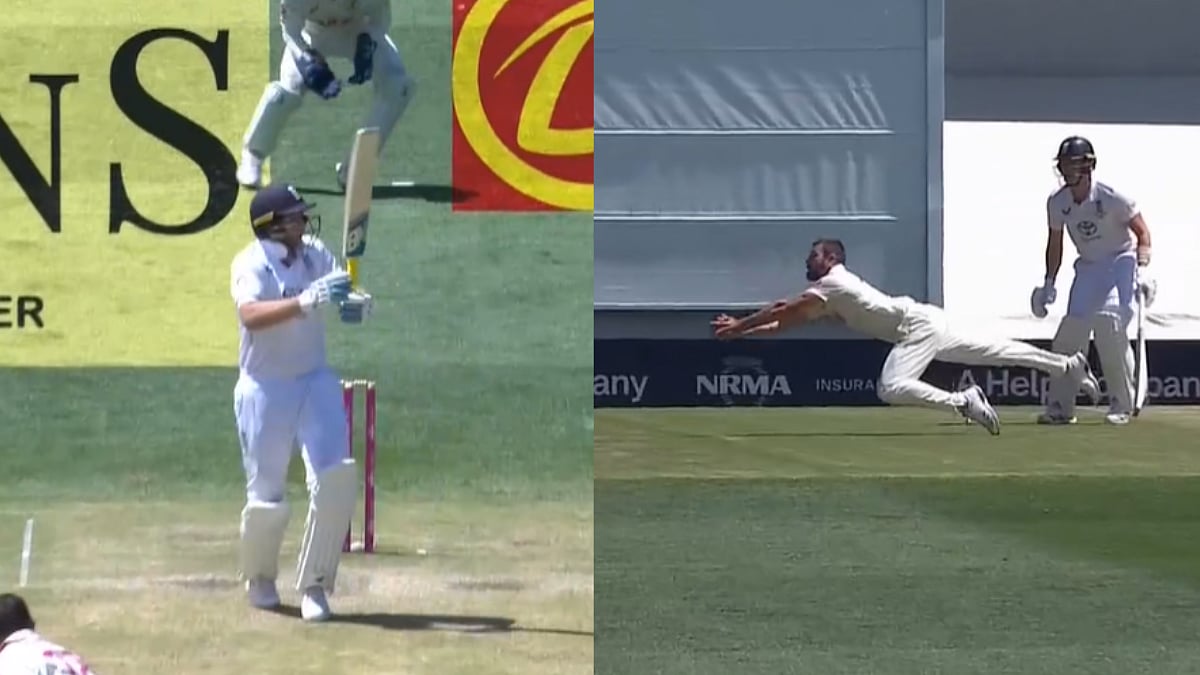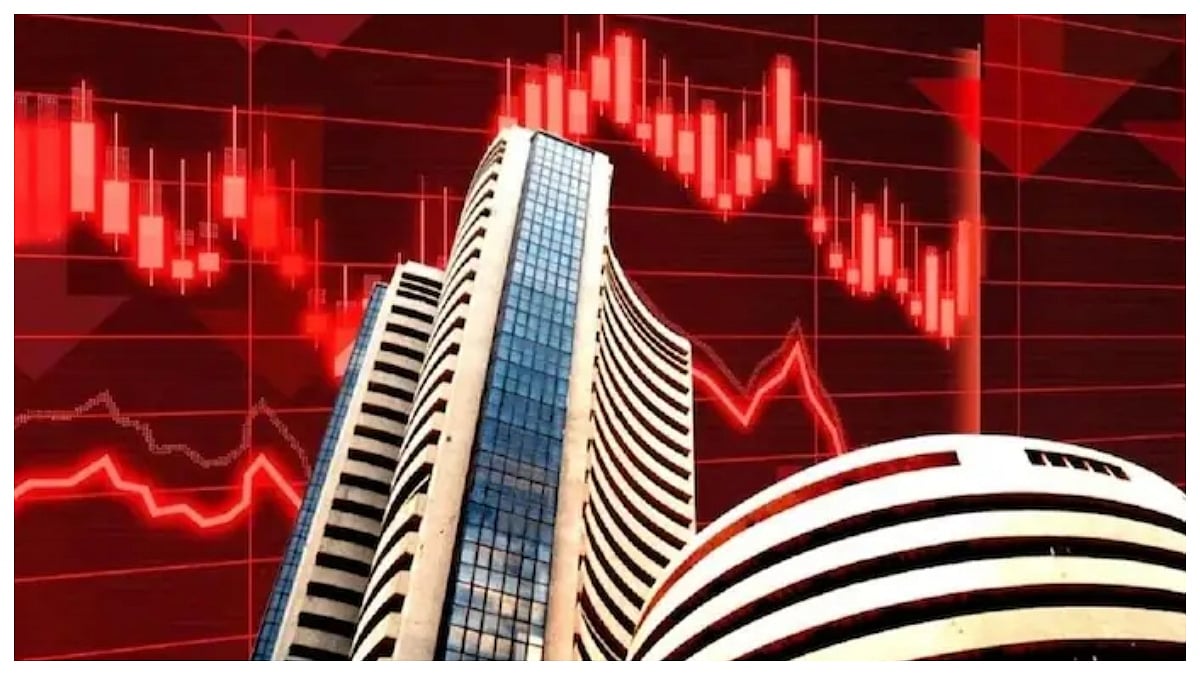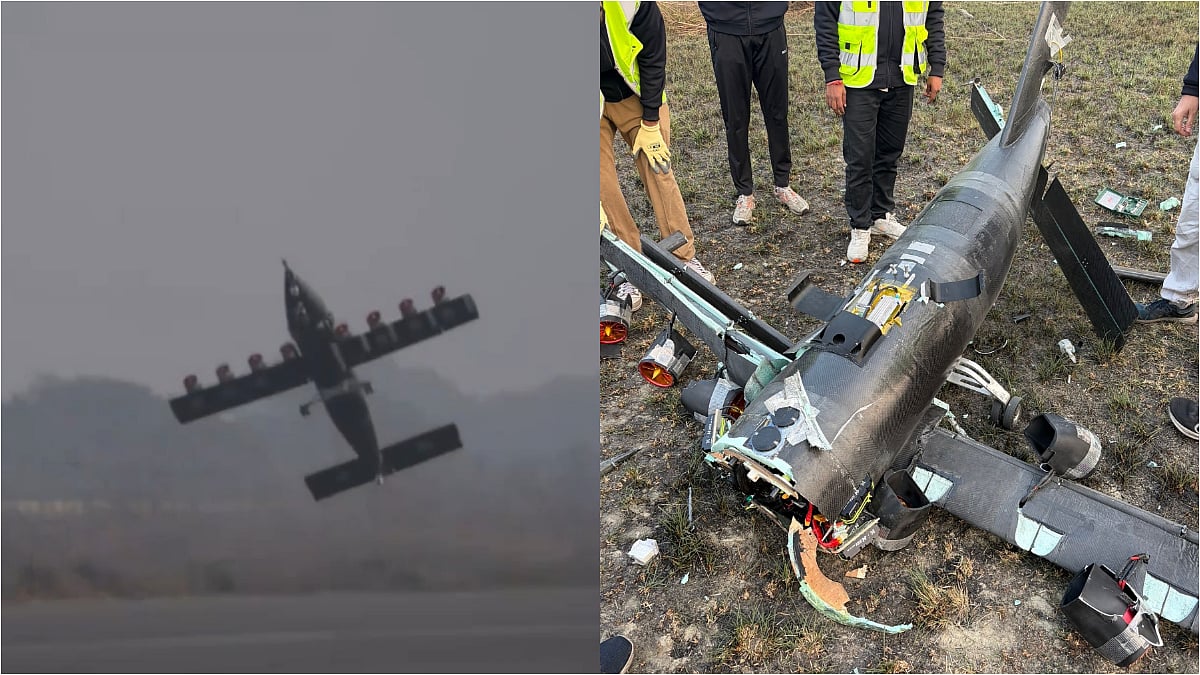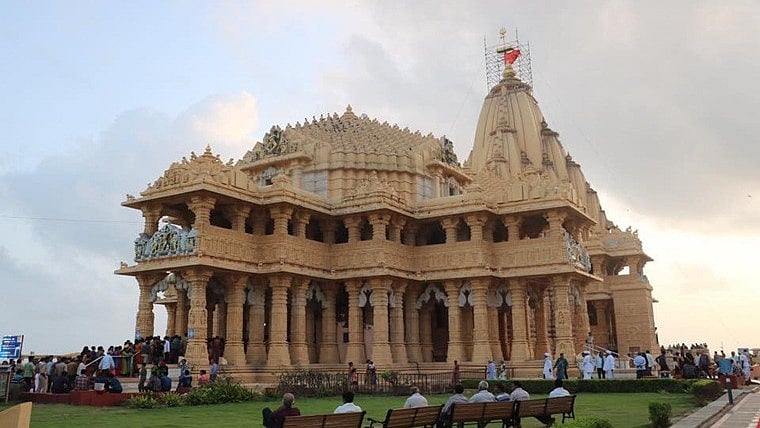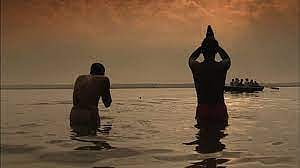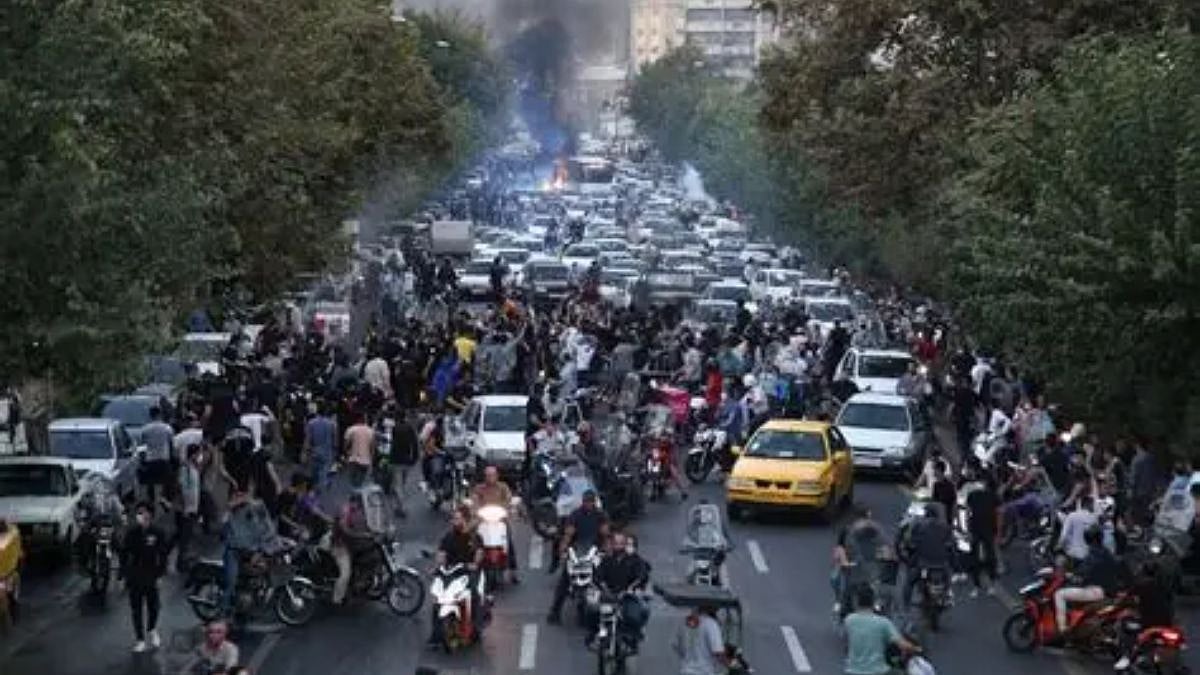The Nationalist Congress Party (NCP) president Sharad Pawar, who has been part of UPA government in Delhi as well as in Mumbai is convinced that neither the Congress nor the BJP will be able to form the next government on their own.
With the kind of uncertain times we are living in, one does not need a political pundit to say both the national parties will fall short of the magic figure in the coming general elections. But as a seasoned politician, Pawar has gone further to predict that smaller regional parties will decide who will rule at the centre after the elections.
This declaration has upset Congress leaders in the state who feel that with the kind of preparations the Congress is making, like direct payment to beneficiaries and the Food Security Bill, the balance should tilt in favour of the Congress and they expect their allies, like the NCP, to be vocal about it.
Though Pawar has made it clear that his party would like to contest the coming elections as a part of the UPA and would have a seat-sharing understanding with the Congress in Maharashtra, he is keeping his poll ally on toes.
He is well aware that the NCP, which had won eight out of 48 seats in Maharashtra, has very little chance, but he has listed parties which are known to have a soft corner for his kind of leadership. This choice of regional parties, which Pawar says will decide the fate of alliances led by the Congress as well as the BJP, has left the Congress floor managers worrying.
He has listed regional straps who will decide the fate of next government – Mamata Banerjee of the Trinamool Congress from West Bengal, Navin Pattnaik of Odisha, Mulayam Singh of the Samajwadi Party and Mayawati of the Bahujan Samaj Party of UP, Nitish Kumar of the Janata Dal (United) from Bihar and Jayalalithaa of the AIADMK from Tamil Nadu. All these leaders have a very close and healthy personal rapport with Pawar.
The Congress knows that it will need support from these leaders in the post-election era, to form the next government in Delhi. Pawar, by listing them, is enhancing his own importance within the UPA-2, to gain bargaining power.
According to a senior Congress leader from Maharashtra, this is Pawar’s way of telling the Congress that without his support, they will find it difficult to win over friends from regional parties.
Pawar has categorically said that all these leaders, with sizeable number of MPs from their respective parties, will also become important in deciding who will lead the next government. If the Congress and the BJP, both do not get the required number to lead fronts in the post-election era, then these regional leaders will emerge as powerful power brokers and can dictate terms. He foresees a kind of federal government, where national parties are dictated to by the regional parties, on all major issues of governance.
Pawar does not feel that Narendra Modi can seek wider support, since his charisma has already peaked, but has not downgraded the BJP and its allies as such. What he is saying is that the leaders identified by him will follow the alliance if it is led by the leader of their choice. He is cautious about Rahul Gandhi’s capacity to lead, saying that he belongs to a political dynasty, but would not know whether he will be leading the Congress campaign like Modi doing it for the BJP.
The Congress does not expect Pawar to come out in open support of Rahul Gandhi’s leadership, but feels that he should at least be more appreciative of UPA’s chances to retain power. They feel that Pawar is still keeping his options open and though he has declared his decision not to contest the coming Lok Sabha elections, he would remain very much in the power game. He will be definitely entering the Rajya Sabha and remain a kingmaker who would like to rule from the front at the first opportunity that makes itself available if there will be a fragmented verdict in the coming general elections.
Unlike in 2009, when Pawar had supported Manmohan Singh for the top post, this time around with changed situation, he has not said anything on the issue, knowing fully well that the Congress, if it is in striking range, will certainly put up Rahul for the top post. Nor he has spoken about any other leader from the regional parties to lead the UPA-III if it comes to power.
Pawar knows very well that unless he keeps his poll ally on its toes, he will find it very difficult to extract full cooperation while contesting the coming general elections from Maharashtra. There is already a move from the state Congress to point out that during last Lok Sabha elections, the NCP could win only eight of its contested seats, while it contested 20 seats. The Congress, which contested 22 seats, had performed better by winning 17 seats. The party wants to contest more seats so that it can increase its tally. However, it will bes very difficult to convince Pawar to give up seats at this juncture and agree to contest fewer seats.
The MPCC wants to contest at least three seats more than the last time so that its tally can be increased further. However, the NCP is not willing, on the contrary, with its state leaders claiming that the same formula will be used for contesting the Lok Sabha seats in 2014. The Congress and the NCP local level coordination committee will meet over the issue and take a final decision.
At the most, the NCP will be willing to swap three or four seats with the Congress, so that both parties will increase their winning prospects. Pune is one such seat, where the NCP would like to stake its claim and exchange it for a seat from Mumbai. Since RPI leader Ramdas Athawale is now supporting the Shiv Sena-BJP alliance, the NCP is keen on support from the Prakash Ambedkar-led BRP and expects the Congress to spare him a seat.
The Congress will have no option but to allow the NCP to contest same number of seats it contested last time, in view of Pawar’s possible role in post-election days.

